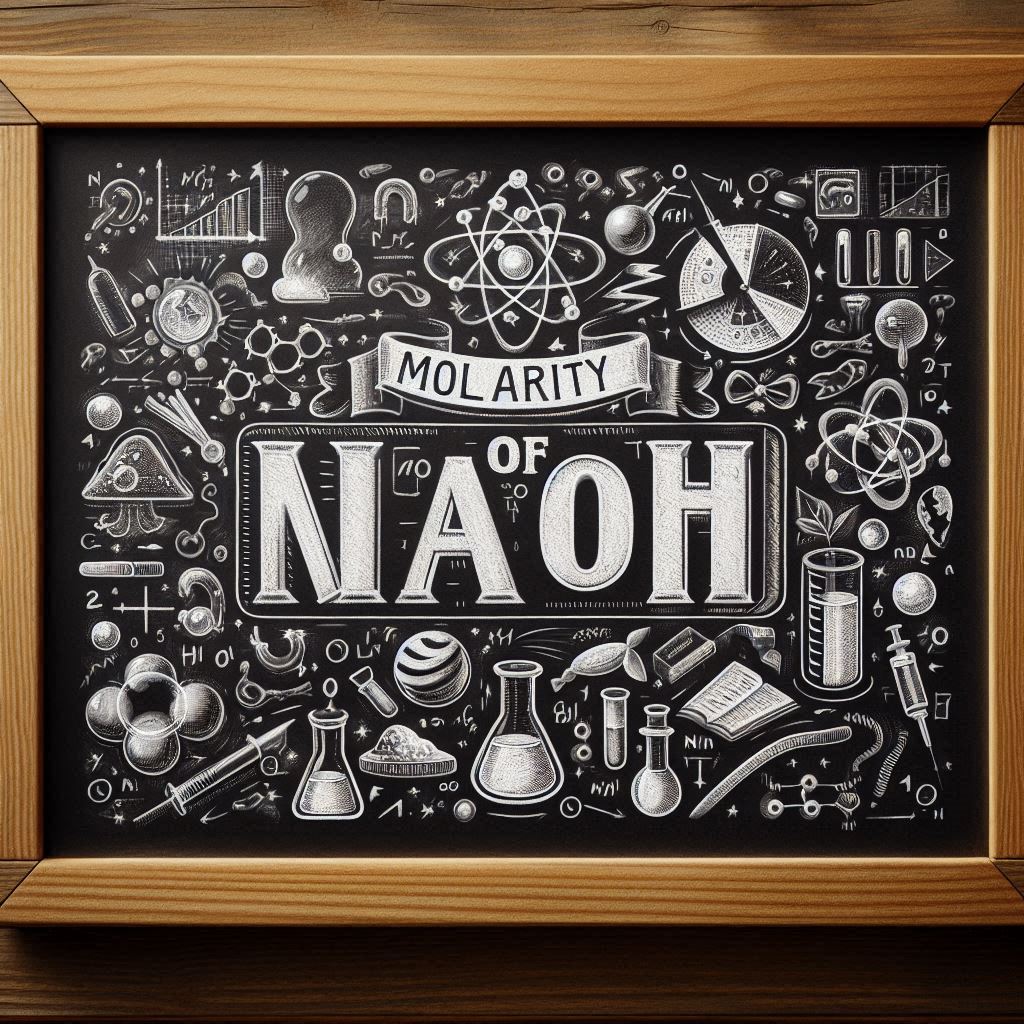
If you’re searching for the molarity of NaOH, chances are you’re dealing with a lab experiment, homework, or perhaps working in a chemical setting. Don’t worry—we’ll make it easy for you! This guide will show you how to calculate the molarity of NaOH step-by-step and answer the key questions you might have.
Why Do You Need to Know the Molarity of NaOH?
People usually search for the molarity of NaOH when they need to figure out the concentration of a sodium hydroxide solution. Maybe you’re titrating NaOH against an acid in a lab, or maybe you’re making a solution and need to know how concentrated it is. Knowing the molarity helps you determine how many moles of NaOH are in a given volume of solution—information that’s essential for accurate chemical reactions!
The Formula to Calculate Molarity of NaOH
Here’s the formula you’ll need to calculate the molarity:
\[ Molarity \, (M) = \frac{moles \, of \, NaOH}{liters \, of \, solution} \]To use this formula, you first need to find out how many moles of NaOH you have. If you know the mass of NaOH, you can convert that to moles using the molar mass of NaOH, which is 40 g/mol.
Step-by-Step: How to Calculate the Molarity of NaOH
Let’s break it down with an example!
1. Find the Mass of NaOH
Suppose you have 20 grams of NaOH. That’s your starting point.
2. Convert Grams to Moles
Use the molar mass of NaOH (40 g/mol) to convert grams to moles:
\[ Moles \, of \, NaOH = \frac{20 \, g}{40 \, \frac{g}{mol}} = 0.5 \, moles \]3. Measure the Volume of Solution
Let’s say you dissolved the 20 grams of NaOH in 1 liter of water. That’s the volume of your solution.
4. Use the Molarity Formula
Now, plug the values into the molarity formula:
\[ Molarity \, (M) = \frac{0.5 \, moles}{1 \, liter} = 0.5 \, M \]So, the molarity of your NaOH solution is 0.5 M.
Why Is Calculating the Molarity of NaOH Important?
Understanding the molarity of NaOH is essential for many lab experiments and chemical processes. If you’re working on a titration or need to prepare a solution of a specific concentration, knowing how to calculate the molarity ensures that your solutions are accurate and ready for use.
Make It Easy with a Molarity Calculator
Want to save time? You can use MolarityCalc.com to skip the manual math! Just input the mass of NaOH and the volume of the solution, and the calculator will give you the molarity instantly. This is especially helpful in lab settings or when you’re pressed for time on an assignment. Quick, accurate, and stress-free!
Related Topics:
Molarity of HCl: How to Calculate It?

Leave a Reply